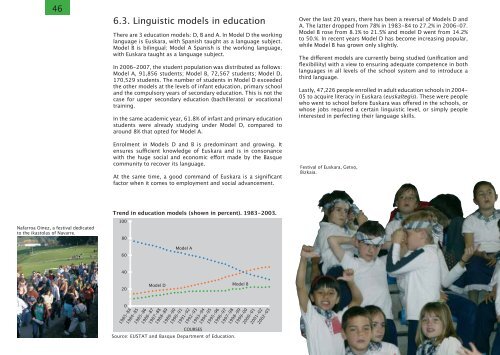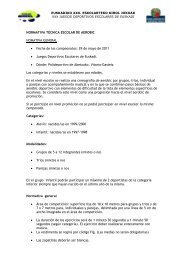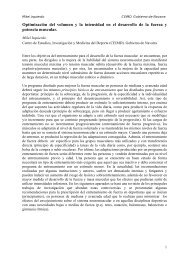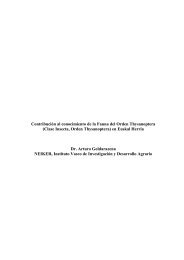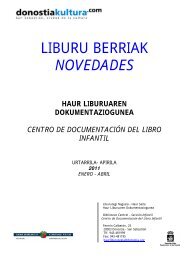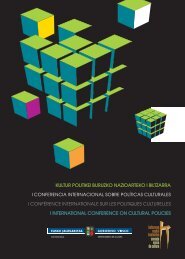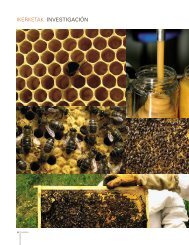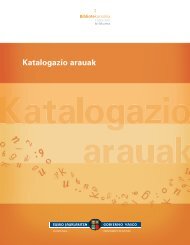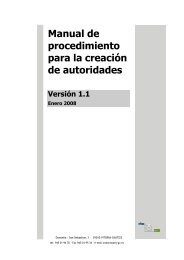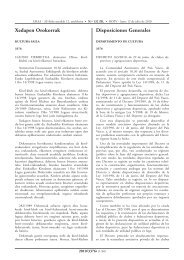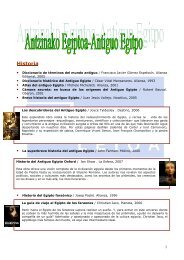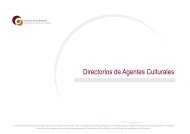The Basque Country (pdf, 4,3Mb) - Kultura Saila - Euskadi.net
The Basque Country (pdf, 4,3Mb) - Kultura Saila - Euskadi.net
The Basque Country (pdf, 4,3Mb) - Kultura Saila - Euskadi.net
You also want an ePaper? Increase the reach of your titles
YUMPU automatically turns print PDFs into web optimized ePapers that Google loves.
46<br />
6.3. Linguistic models in education<br />
<strong>The</strong>re are 3 education models: D, B and A. In Model D the working<br />
language is Euskara, with Spanish taught as a language subject.<br />
Model B is bilingual; Model A Spanish is the working language,<br />
with Euskara taught as a language subject.<br />
In 2006-2007, the student population was distributed as follows:<br />
Model A, 91,856 students; Model B, 72,567 students; Model D,<br />
170,529 students. <strong>The</strong> number of students in Model D exceeded<br />
the other models at the levels of infant education, primary school<br />
and the compulsory years of secondary education. This is not the<br />
case for upper secondary education (bachillerato) or vocational<br />
training.<br />
In the same academic year, 61.8% of infant and primary education<br />
students were already studying under Model D, compared to<br />
around 8% that opted for Model A.<br />
Enrolment in Models D and B is predominant and growing. It<br />
ensures sufficient knowledge of Euskara and is in consonance<br />
with the huge social and economic effort made by the <strong>Basque</strong><br />
community to recover its language.<br />
At the same time, a good command of Euskara is a significant<br />
factor when it comes to employment and social advancement.<br />
Over the last 20 years, there has been a reversal of Models D and<br />
A. <strong>The</strong> latter dropped from 78% in 1983-84 to 27.2% in 2006-07.<br />
Model B rose from 8.1% to 21.5% and model D went from 14.2%<br />
to 50.%. In recent years Model D has become increasing popular,<br />
while Model B has grown only slightly.<br />
<strong>The</strong> different models are currently being studied (unification and<br />
flexibiliity) with a view to ensuring adequate competence in both<br />
languages in all levels of the school system and to introduce a<br />
third language.<br />
Lastly, 47,226 people enrolled in adult education schools in 2004-<br />
05 to acquire literacy in Euskara (euskaltegis). <strong>The</strong>se were people<br />
who went to school before Euskara was offered in the schools, or<br />
whose jobs required a certain linguistic level, or simply people<br />
interested in perfecting their language skills.<br />
Festival of Euskara, Getxo,<br />
Bizkaia.<br />
Nafarroa Oinez, a festival dedicated<br />
to the ikastolas of Navarre.<br />
Trend in education models (shown in percent). 1983-2003.<br />
100<br />
80<br />
60<br />
Model A<br />
40<br />
20<br />
Model D<br />
Model B<br />
1983-84<br />
1984-85<br />
1985-86<br />
1986-87<br />
1987-88<br />
1988-89<br />
1989-90<br />
0<br />
1990-91<br />
1991-92<br />
COURSES<br />
1995-96<br />
1996-97<br />
1997-98<br />
1998-99<br />
1999-00<br />
2000-01<br />
2001-02<br />
2002-03<br />
1992-93<br />
1993-94<br />
1994-95<br />
Source: EUSTAT and <strong>Basque</strong> Department of Education.


